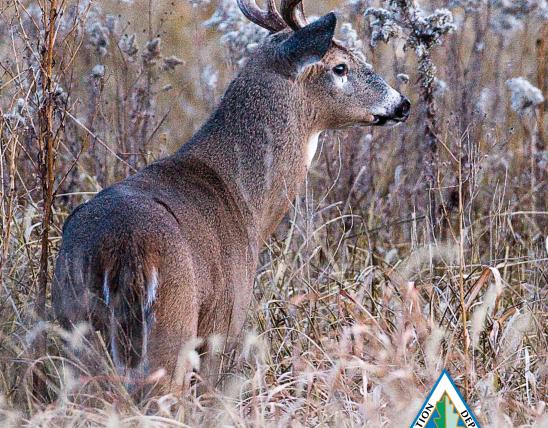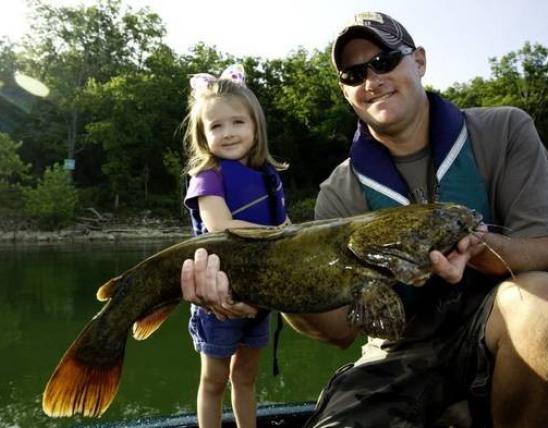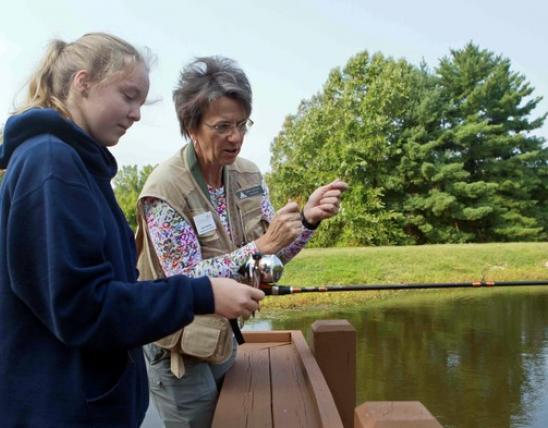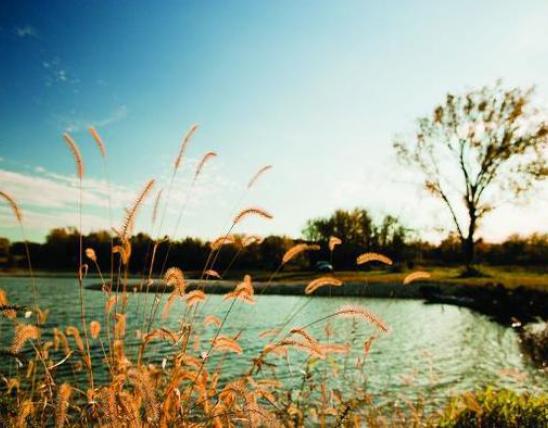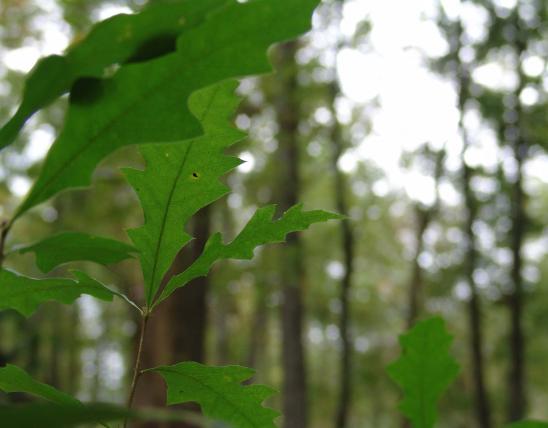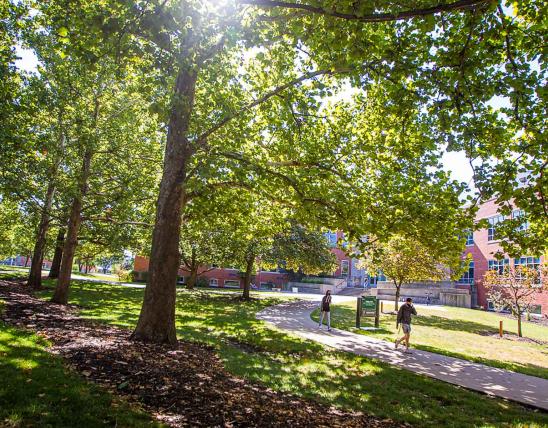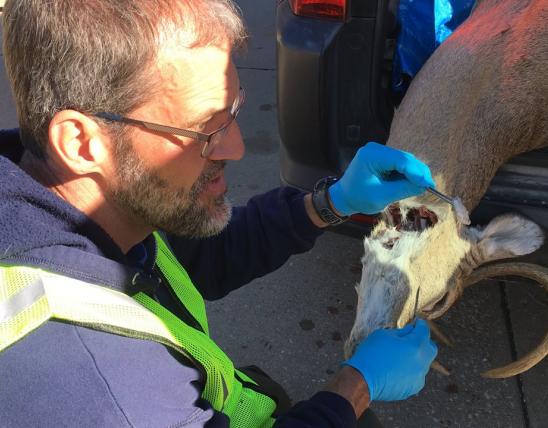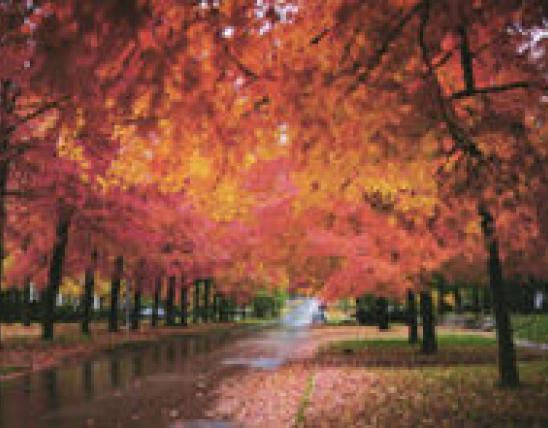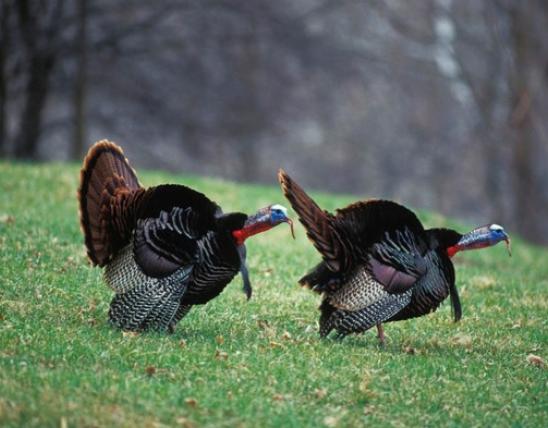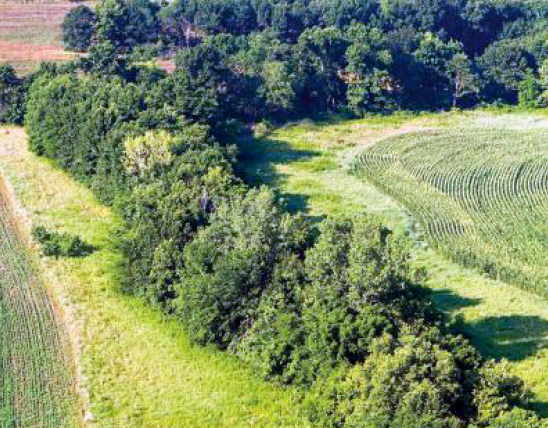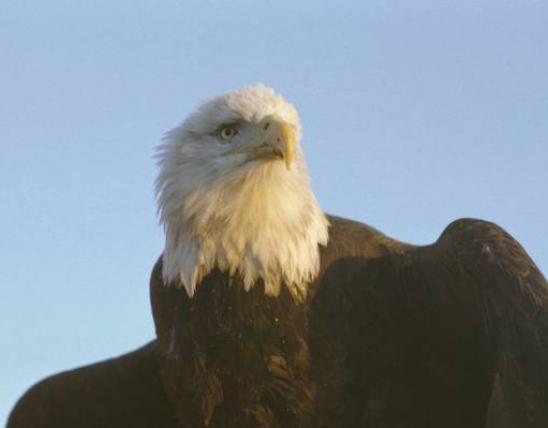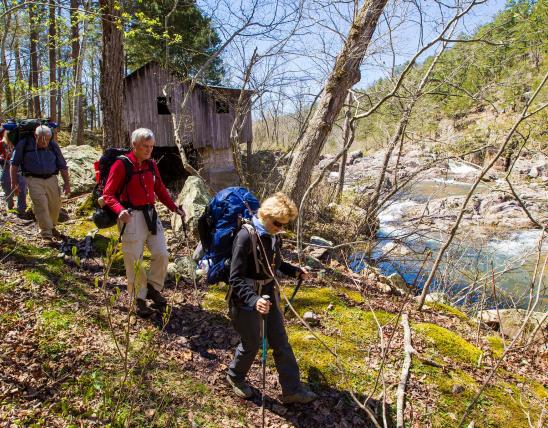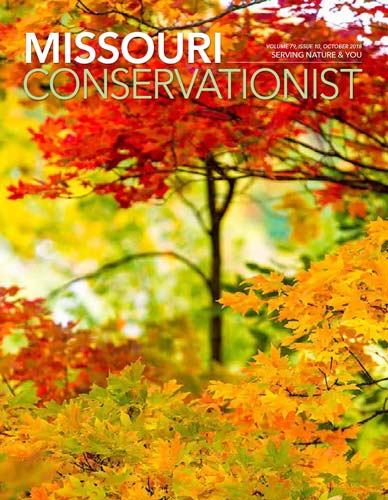Flying Squirrel | Glaucomys volans
Status
Common in forested areas, especially near water
Size
- Length: 8–11¼ inches
- Weight: 1½–5 ounces
Distribution
Statewide
This pint-sized rodent has quite an unusual feature — a loose flap of skin between its front and back legs that, when stretched out, mimics a kite and enables “flight.” The flying squirrel is chipmunk-like in size with many features like a mouse, including large ears, an upturned nose, and large dark eyes. Its soft, silky fur is mostly gray on top and white on the bottom. The males and females are indistinguishable.
Life Cycle
These squirrels take the night shift, running the same trees that their larger relatives, gray and fox squirrels, occupy by day. Flying squirrels have four to six babies each spring, with a second litter sometimes born in late summer. The babies are tiny at birth — weighing as much as six paper clips — but they grow fast and live about five to six years.
Foods
Flying squirrels eat much like other squirrels, enjoying nuts, fruits, berries, buds, tree bark, and mushrooms. Unlike other squirrels, they also eat moths and beetles.
Ecosystem Connections
Flying squirrels play an important role in healthy forests. Their nut-burying helps continue the forest, while feeding on buds help stimulate tree growth. In addition, their taste for tree-burrowing insects helps control pests naturally.
Did You Know?
Flying squirrels live in holes in trees, usually leftover woodpecker holes. They can squeeze into a hole about the size of a quarter, so they could even live in a wren house. Many people enjoy their presence so much they put out special suet feeders and “birdhouses” to attract them.

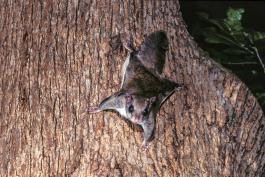
Also In This Issue
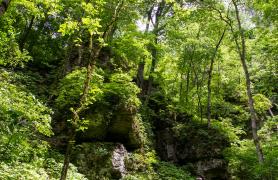
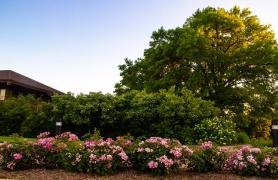
This Issue's Staff
Associate Editor - Bonnie Chasteen
Staff Writer - Larry Archer
Staff Writer - Heather Feeler
Staff Writer - Kristie Hilgedick
Staff Writer - Joe Jerek
Creative Director - Stephanie Thurber
Art Director - Cliff White
Designer - Les Fortenberry
Designer - Marci Porter
Photographer - Noppadol Paothong
Photographer - David Stonner
Circulation - Laura Scheuler

